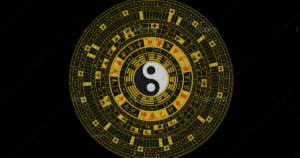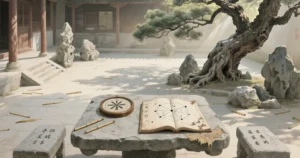The Chinese Lunar Calendar is far more than a method for tracking time—it is a reflection of China’s rich cultural, spiritual, and scientific heritage. With deep roots in astronomy, agriculture, and philosophy, it offers insight into the rhythm of nature and the values of Chinese civilization. For Western readers, understanding the Chinese Lunar Calendar is a way to access a worldview that harmonizes time, energy, and tradition. From the flow of the Chinese Lunar Month to the significance of the Chinese Zodiac, this ancient calendar influences every facet of life, including when to celebrate, farm, marry, or even make major decisions.
Let us journey through its mysteries—uncovering how the Chinese Calendar evolved, how it aligns with nature, and why it continues to hold meaning in the modern world.
- What is the Chinese Lunar Calendar?
- Historical Origins and Evolution
- Chinese Calendar vs. Gregorian Calendar
- Traditional Festivals of the Chinese Lunar Calendar
- Chinese Zodiac and Lunar Years
- The Relationship Between the Chinese Calendar and Personal Energy
- How to Use the Chinese Lunar Calendar in Modern Life
- Conclusion
What is the Chinese Lunar Calendar?
The Chinese Lunar Calendar is classified as a lunisolar calendar, meaning it incorporates elements of both the lunar cycle (the moon’s phases) and the solar cycle (Earth’s orbit around the sun). Unlike the Gregorian calendar used in the West, which follows a fixed 12-month solar year, the Chinese Calendar adjusts its months and years to stay in sync with the changing seasons. Each Chinese Lunar Month is roughly 29.53 days long. To compensate for the shorter lunar year (about 354 days), an intercalary month is inserted approximately every three years.
This fusion of lunar and solar elements makes the Chinese Lunar Calendar incredibly precise in aligning human activities with natural rhythms. It’s not only used to determine the date of the Chinese New Year, but also to guide farming cycles, plan rituals, and select auspicious days for major life events.
Western readers can think of it as a hybrid calendar—a tool to interpret both cosmic movements and human timing.
Historical Origins and Evolution
The Chinese Lunar Calendar has evolved through thousands of years of meticulous observation and refinement. Its roots trace back to prehistoric China, where ancient astronomers studied the stars, sun, and moon to devise early timekeeping systems.
One of the earliest formal calendars, the “Xia Calendar,” dates back to the Xia Dynasty (around 2100 BCE). But it was during the Han Dynasty that the system became more structured. Astronomer Luo Xiahong created the “Taichu Calendar,” which first integrated the Chinese 24 Solar Terms. These 24 segments divide the solar year into meaningful seasonal intervals and are still used today to guide agricultural work.
Later dynasties contributed further. The “Dayan Calendar” of the Tang Dynasty and the “Shoushi Calendar” of the Yuan Dynasty added greater accuracy. These developments were not merely scientific—they mirrored the political and cultural shifts in Chinese history.
The calendar’s evolution demonstrates the deep connection between timekeeping, imperial governance, and daily life in traditional China.
Chinese Calendar vs. Gregorian Calendar
Many Western readers may wonder how the Chinese Calendar compares to the Gregorian Calendar, which is widely used internationally. The answer lies in their structure and purpose.
The Gregorian Calendar is a solar calendar with 12 months totaling 365 days (plus a leap day every four years).
The Chinese Lunar Calendar includes 12 lunar months, with a 13th month added roughly every three years to stay aligned with the solar year.
Because of this, Chinese New Year never falls on the same Gregorian date. It usually occurs between late January and mid-February.
While the Gregorian Calendar excels in standardizing global communication and business, the Chinese Calendar is still vital for cultural, spiritual, and seasonal activities—especially when selecting wedding dates, celebrating traditional festivals, or planting crops.
In contemporary China, both calendars coexist harmoniously, with most calendars and digital apps providing dual date displays.
Traditional Festivals of the Chinese Lunar Calendar
The most beloved Chinese festivals are determined not by the Gregorian year, but by the Chinese Lunar Calendar. These festivals align with both seasonal energy and traditional beliefs.
Chinese New Year (Spring Festival): Celebrated on the first day of the first Chinese Lunar Month, it marks the beginning of a new year and is a time for family reunions, ancestor worship, and lavish feasts.
Lantern Festival: On the 15th day of the first month, families light lanterns, solve riddles, and eat sweet glutinous rice balls(tangyuan).
Dragon Boat Festival: Held on the 5th day of the fifth lunar month, featuring dragon boat races and zongzi (sticky rice dumplings) in honor of the poet Qu Yuan.
Mid-Autumn Festival: Celebrated on the 15th day of the eighth month, when the moon is full. People eat mooncakes and reflect on reunion and gratitude.
These festivals highlight the Chinese Calendar’s spiritual role in uniting communities and syncing human life with natural cycles.
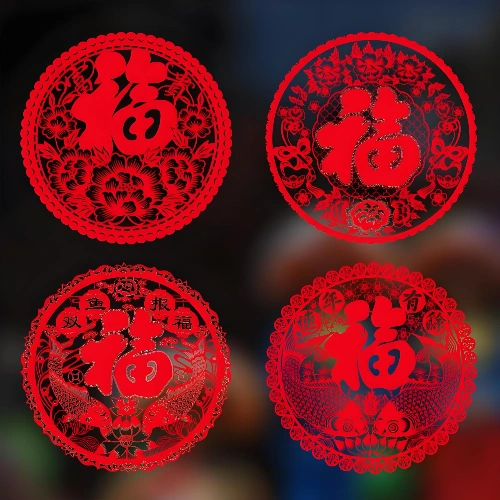
Chinese Zodiac and Lunar Years
One of the most recognized aspects of the Chinese Lunar Calendar in the West is the Chinese Zodiac, a repeating 12-year cycle with each year represented by a different animal.
The 12 zodiac animals are:
Rat, Ox, Tiger, Rabbit, Dragon, Snake, Horse, Goat, Monkey, Rooster, Dog, and Pig.
For example, 2025 is the Year of the Snake. Each zodiac sign has associated traits, and people born in those years are believed to embody those characteristics. Beyond personality, the Chinese Zodiac also influences compatibility, fortune, and destiny.
The zodiac signs correspond to the cycle of years in the Chinese Lunar Calendar, creating a rich layer of identity and storytelling deeply embedded in Chinese cultural consciousness.
The Relationship Between the Chinese Calendar and Personal Energy
In Chinese philosophy, time and energy are closely linked. The Chinese Lunar Calendar isn’t just a timekeeper—it’s a system for understanding and syncing with your internal energy.
The Chinese 24 Solar Terms are thought to influence physical and mental states. For instance, during “Start of Spring”, it’s believed that body energy rises with nature, making it ideal for launching new projects.
Phases of the Moon also matter. Full moons symbolize energy peaks, ideal for socializing or creative expression. New moons invite introspection and stillness.
Practitioners of feng shui, traditional Chinese medicine, and Qigong often align their practices with the Chinese Calendar to harness optimal energetic flow. Whether it’s timing detox routines or planting herbs, following lunar patterns enhances spiritual and physical well-being.
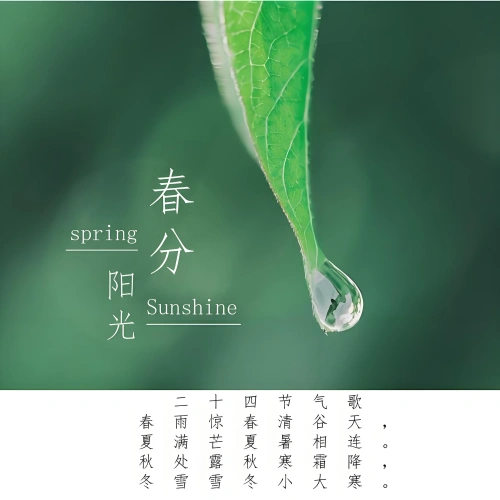
In Chinese philosophy, time and energy are closely linked. The Chinese Lunar Calendar isn’t just a timekeeper—it’s a system for understanding and syncing with your internal energy.
The Chinese 24 Solar Terms are thought to influence physical and mental states. For instance, during “Start of Spring”, it’s believed that body energy rises with nature, making it ideal for launching new projects.
Phases of the Moon also matter. Full moons symbolize energy peaks, ideal for socializing or creative expression. New moons invite introspection and stillness.
Practitioners of feng shui, traditional Chinese medicine, and Qigong often align their practices with the Chinese Calendar to harness optimal energetic flow. Whether it’s timing detox routines or planting herbs, following lunar patterns enhances spiritual and physical well-being.
How to Use the Chinese Lunar Calendar in Modern Life
Although ancient, the Chinese Lunar Calendar remains highly practical today. Here are several ways Western readers can incorporate it into their lives:
Celebrating Traditional Festivals: Mark dates like the Mid-Autumn Festival or Chinese New Year with food, rituals, or gatherings that honor nature and family.
Using Zodiac Signs: Explore your Chinese Zodiac sign for insights into personality, compatibility, and yearly forecasts.
Choosing Auspicious Dates: Many people use the calendar to select lucky dates for weddings, business openings, or travel.
Energy Alignment: Use Chinese Lunar Month transitions and solar terms to guide wellness, meditation, or creative cycles.
Gardening by the Moon: Following lunar cycles can improve success in planting, harvesting, and herbal cultivation.
Most digital apps today offer dual-date functionality, making it easy to track lunar dates alongside the Gregorian calendar.
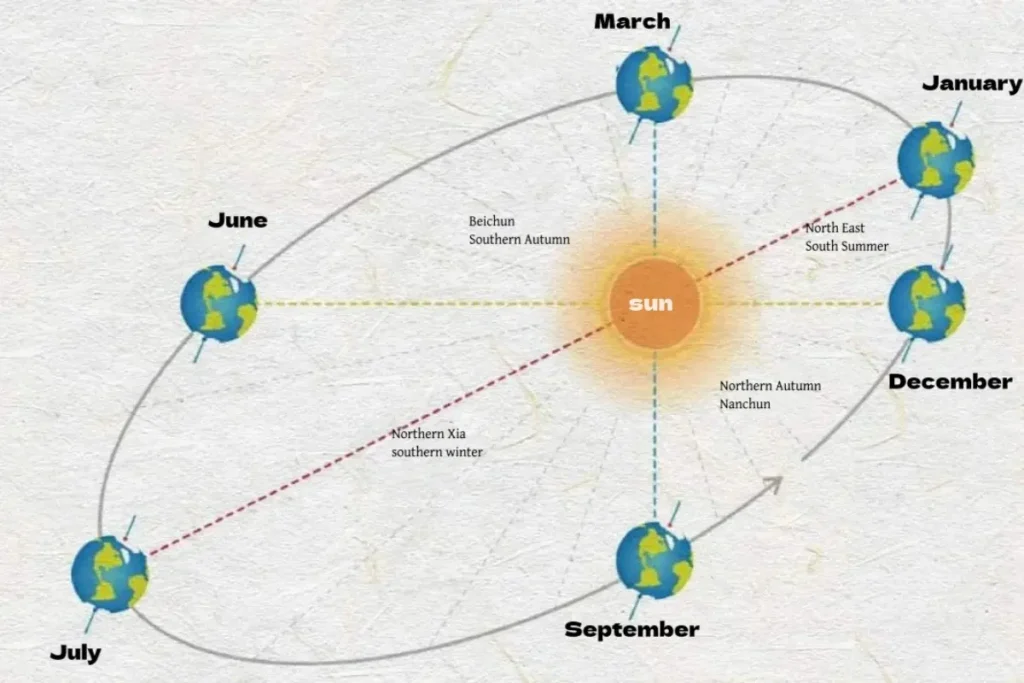
Conclusion
The Chinese Lunar Calendar is a living bridge between ancient wisdom and modern life. It offers far more than chronological order—it delivers an intuitive way to align with nature, enhance personal energy, and appreciate tradition.
From its astronomical origins and the intricate structure of the Chinese Lunar Month, to the enduring legacy of the Chinese Zodiac and the Chinese 24 Solar Terms, this calendar remains a vibrant cultural compass. Whether you’re learning it out of curiosity, spiritual growth, or cultural appreciation, understanding the Chinese Lunar Calendar opens the door to timeless harmony.
Let this ancient tool guide you toward better rhythms of life, where every season, festival, and phase of the moon carries deeper meaning.



